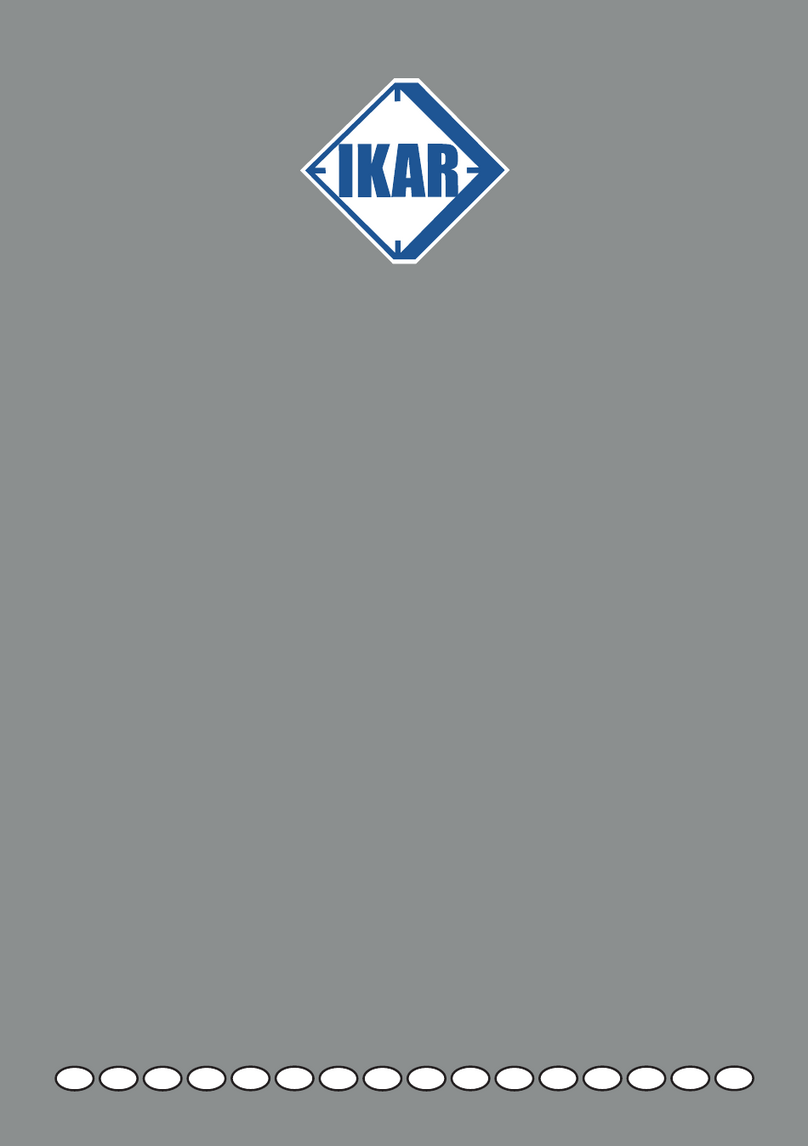
5
Inhaltsverzeichnis
Directory
Prüfbuch / Log book................................................................... 2
Typenschild / Labeling............................................................... 6
DEUTSCH .................................................................................... 7
ENGLISH..................................................................................... 11
FRANÇAIS.................................................................................. 15
ESPAÑOL ................................................................................... 19
ITALIANO.................................................................................... 23
NEDERLANDS............................................................................ 27
DANSK........................................................................................ 31
SUOMEKSI ................................................................................. 35
NORSK........................................................................................ 39
POLSKI ....................................................................................... 43
PORTUGUÊS.............................................................................. 47
ROMANIA ................................................................................... 51
SLOVENSKO.............................................................................. 55
SVENSK...................................................................................... 59
MAGYAR..................................................................................... 63
ΕΛΛΗΝΙΚΑ.................................................................................. 67























